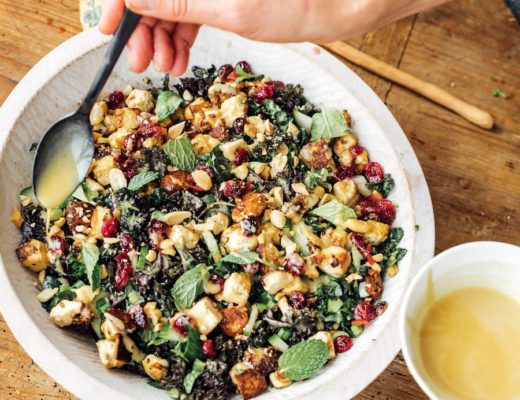| Carbs like rice and pasta often find their way into our refrigerators as leftovers. Surprisingly, these chilled, starchy foods might be healthier than we think. That’s right—pasta and rice aren’t the enemy, especially if they are chilled. |
| When cooked rice or pasta is cooled, it undergoes a fascinating transformation, changing its chemical structure into what is known as “resistant starch.” This type of dietary fiber acts as a prebiotic, fostering a healthier gut microbiome, which is crucial for our overall health, including digestive wellness and immune system support. |
| What makes resistant starch so unique is its apparent ability to alter the way our bodies process calories. Usually, when we consume starchy foods like rice and pasta, we absorb around four calories per gram of carbohydrate. However, resistant starch isn’t completely digested by our bodies. This means we absorb fewer calories—approximately half as many as from regular starch. So, for every 100 grams of carbs consumed in the form of resistant starch, instead of absorbing the usual 400 calories, our bodies would only digest about 200 calories. This reduction in calorie absorption can have significant implications for weight management and overall health. |
| Another advantage of resistant starch is its impact on blood sugar levels. Unlike other forms of carbohydrates, resistant starch doesn’t cause a rapid spike in blood sugar. This makes it a particularly good choice for those who need to manage their blood sugar levels, like people with diabetes or those striving to maintain stable blood sugar for overall health. |
| Now, before you jump at me for even suggesting that something like pasta (*gasp*) could be even remotely healthy (*gasp again*), let me clarify one thing. Pasta is still pasta—a calorie-dense carb that is easy to overeat. |
| However, resistant starch isn’t limited to just leftover rice and pasta. It can also be found in other foods such as potatoes, less-ripe bananas (the green ones), legumes, and whole grains. Incorporating these foods into your diet can have additional health benefits. For instance, the extra fiber from resistant starch can help regulate your appetite, reduce cholesterol levels, and protect against cardiovascular diseases. |
| It’s essential to remember, though, that the benefits of resistant starch are most pronounced when these foods are eaten cold. Reheating them might alter their structure again, potentially reducing the amount of resistant starch. However, if you don’t enjoy eating these foods cold, they still retain some of their resistant starch even after reheating. |
| The key takeaway? Leftover rice and pasta might have their place as part of a healthy diet after all. Along with other foods rich in resistant starch, these carbs can be a valuable addition to a healthy diet. Not only do they provide fewer calories, but they also contribute to blood sugar stability and digestive health. The next time you’re about to toss out your leftover rice or pasta, consider the unique health benefits they could offer as part of your next meal. |






No Comments